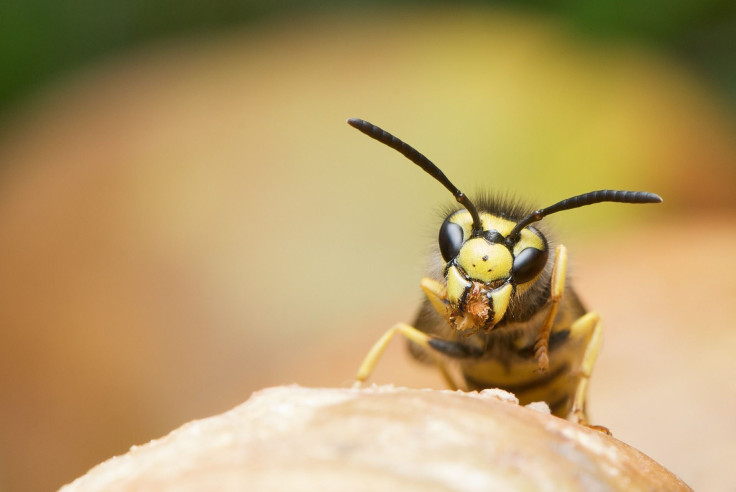Researchers Capture Video Of Wasp Attacking And Eating Baby Bird

KEY POINTS
- Researchers captured a video of a wasp killing a nestling
- Researchers were originally studying a species of birds in Brazil
- The Agelaia pallipes wasp rarely attacks living vertebrates
A team of researchers was able to observe the rare predatory behavior of a species of wasp as it attacked and killed a baby bird. The researchers managed to capture a video of the incident as part of their study.
Originally, the researchers were studying the reproductive behavior of the lined seedeater bird species in the southeast portion of Brazil. For their study, the researchers placed cameras near the nests of the birds to observe their behavior.
As they were reviewing the footage they collected, the researchers came across a video of one of the nests. The nest had three nestlings, which were 1 to 6 days old. However, two of the baby birds died of unknown causes. The remaining bird was still alive when the researchers placed the camera near its nest.
While they were watching the clip, the researchers saw a wasp approaching the bird’s nest. As shown in the video captured by the researchers, the wasp started to aggressively attack the nestling by biting at its head while it was still alive. Eventually, the bird died due to its injuries.
The researchers identified the wasp as a member of the Agelaia pallipes species, which is a type of social paper wasp commonly found in South America. The researchers said this type of wasp is usually a scavenger that feeds on carrion or the remains of dead animals. It is rare for this type of wasp to attack live vertebrate.
The researchers said it is possible that the wasp approached the nest after picking up the scent of the two dead nestlings.
The researchers indicated in their study that although birds commonly experience nest predation from other predators, insects rarely display this type of behavior. They suggested that further studies should be conducted on this type of behavior to learn more about the nature of wasps.
“Nest predation is a major selective pressure in birds, and insects are rarely assumed to play a notable role in this process,” the researchers wrote in their study, which was published in the journal Ethology. “Further research is needed to better understand the nature of the relationship between wasps and birds.”
© Copyright IBTimes 2025. All rights reserved.





















